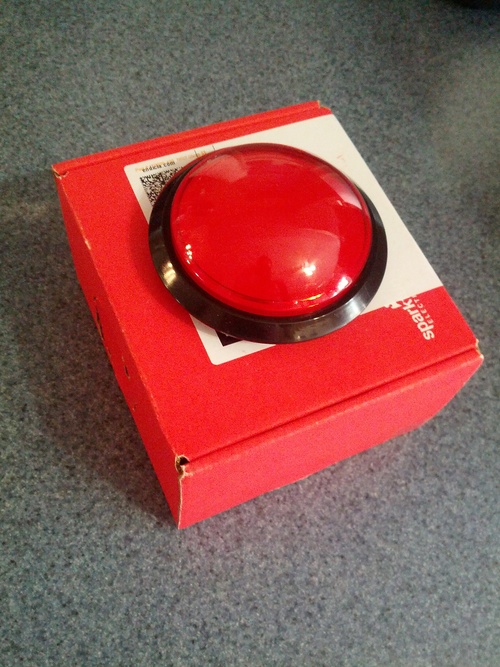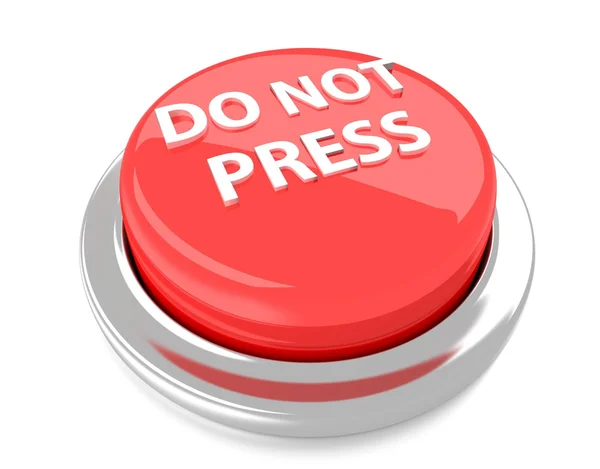
That something, which was supposed to be just more cookie dough, was something.

Grover was standing over the empty space where the red button should be, spilling something over it with a wooden spoon. The next page involved Cookie Monster making cookies in the kitchen, cookie dough everywhere and all. There's no such thing as monsters." She then gingerly revealed the last page showing that the only "monster" at the end of that book was Grover himself, looking embarrased and apologizing for making me feel scared.Īfter recalling that memory and rediscovering the resolve I felt back then, I pressed onward to hear the rest of the "Talk N' Play" tape. I'd get so scared, I yelled at my mother to put the book away, but instead she stroked my head and repeated, "It's okay, honey. All the dread I felt with each page my mother turned as we got closer to the end of that book was enough to fill my imagination with every nightmarish prediction possible.

I then remembered how scared I used to be when my mother would read to me "There's a Monster at the End of This Book", another picture book featuring Grover. This was the first true hint I got as to why I shouldn't press the red button.

"Apparently." Grover continued, now heavily exasperated, ".you have never seen a lovable furry blue monster. Grover screamed so loud, it made the speaker crackle and it pierced my eardrums! Grover responded, "You pressed the red button again!", and then he screamed. However, on the page where I had to follow a maze out of the Count's castle, after the Count himself instructed "push a button now", what I heard took me by terrible surprise. Needless to say, I was disappointed, but still curious. On the first half of the story, Grover just gently reminded the listener, me, that "we are not pushing the red button today". Later that night, before it was time for bed, I rewond the tape and replayed it with the red button pressed to hear what Grover would say after every prompt to push a button. This made my curiosity grow more morbid than ever. I asked my parents, but they just humored me by shrugging and pretending not to know. Being the nice and obediant kid I was, I avoided pressing the red button all throughout, but I still didn't understand why Grover didn't want me to press it at all. The story consisted of Grover in little vignettes telling me to press either the green, yellow, or blue buttons but not the red one. Why would Grover not want anyone to press the red button? I immediately put the tape in and played along to find out. On my 7th birthday, after having the "Talk N' Play" for a while since last Christmas, I recieved the book and tape of "Lovable, Furry Old Grover in: Please Don't Push the Red Button". Good times, really.īut I cannot forget my dreaded memory of "Do Not Push The Red Button".
#Play do not press the red button how to
"Can You Tell Me How to Get to Sesame Street?" and "Let's Play School" I enjoyed very much, and "Alvin and The Chipmunks in Concert" was my absolute favorite for the novelty songs featured on the tape. I had a few Seasame Street storybooks and tapes I enjoyed listening to. Of course, as you expected, I had the fortune of having a "Talk N' Play" when I was a child.įrom 1989 to 1992, I enjoyed having a "Talk N' Play" to keep me occupied when I got bored with playing my toys or when I bored playing the NES. For it's time, this was a highly innovative feature before CD-ROM's or even the Kindle was available for children's media. The tapes for the "Talk N' Play" are unique in that there are 4 separate lines of sound on the track, making it possible to hear each line by pressing one of the four different colored buttons on the machine.

Read-along storybooks and tapes were fairly common for children to have in the 1980's and 1990's, but the "Talk N' Play" set itself apart from the rest. Children would follow these books and be told to press one of four different colored buttons to answer a question, solve a puzzle, or just listen to a character's monologue. Most of the read-along tapes and picture books featured characters from the Disney and Sesame Street franchises. Does anyone remember the "Talk N' Play"? It was an interactive read-along audio tape player marketed to young children, first developed and manufactured by CBS Toys in 1984, then continued to be sold under Hasbro's Playskool brand until 1992.


 0 kommentar(er)
0 kommentar(er)
